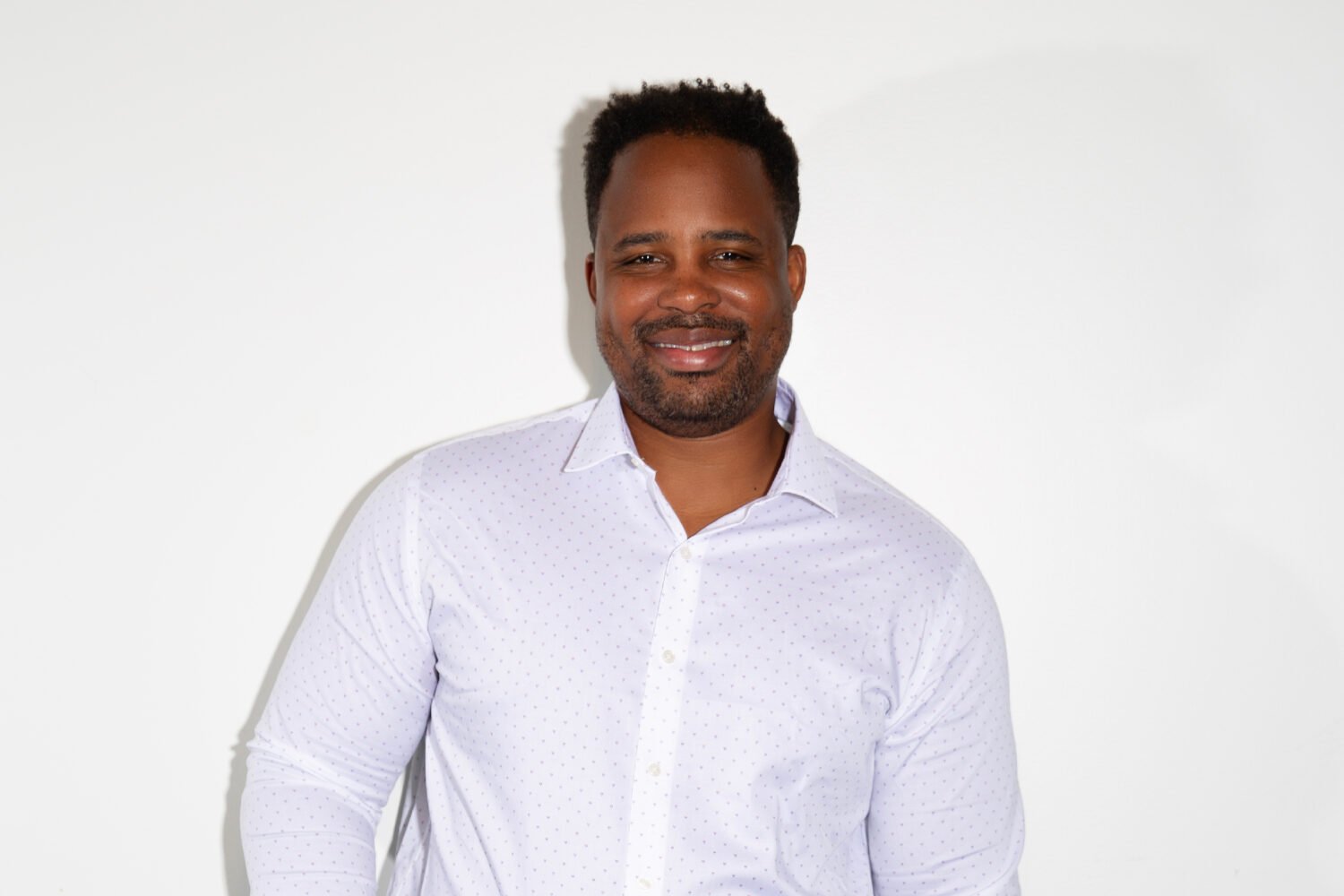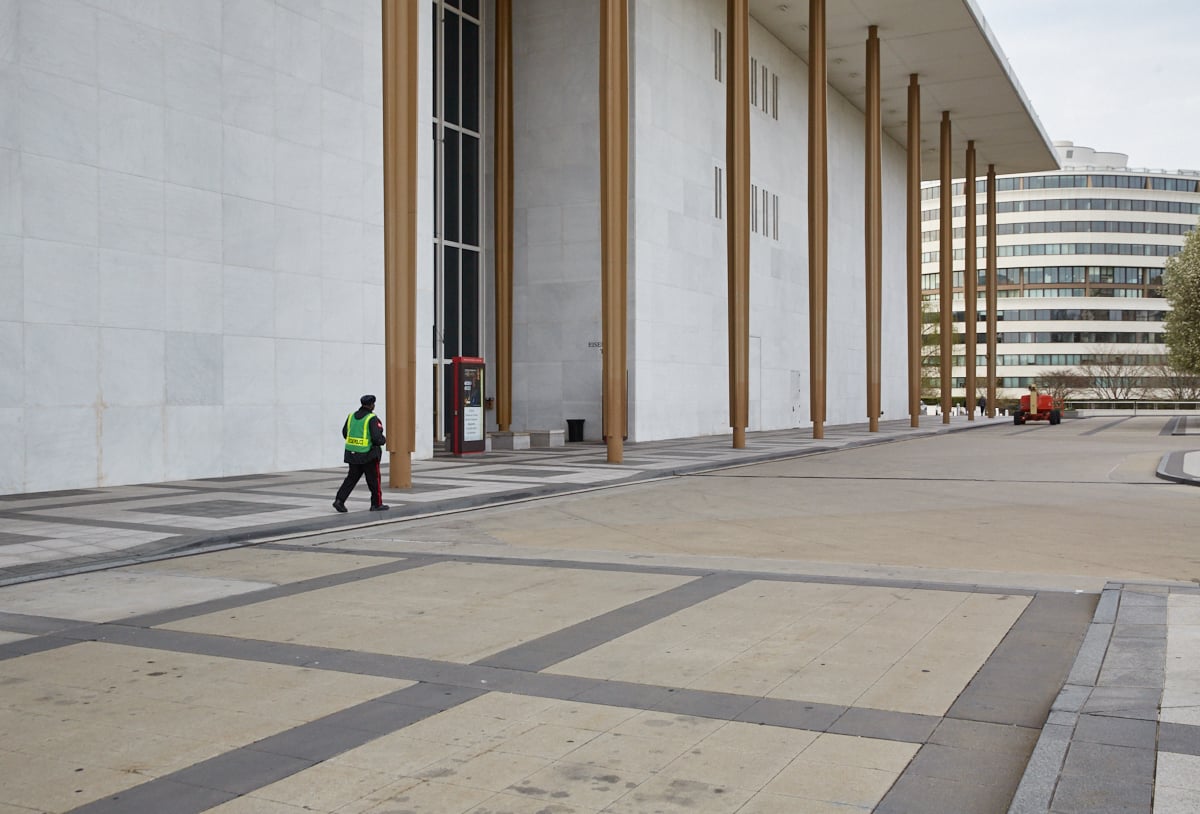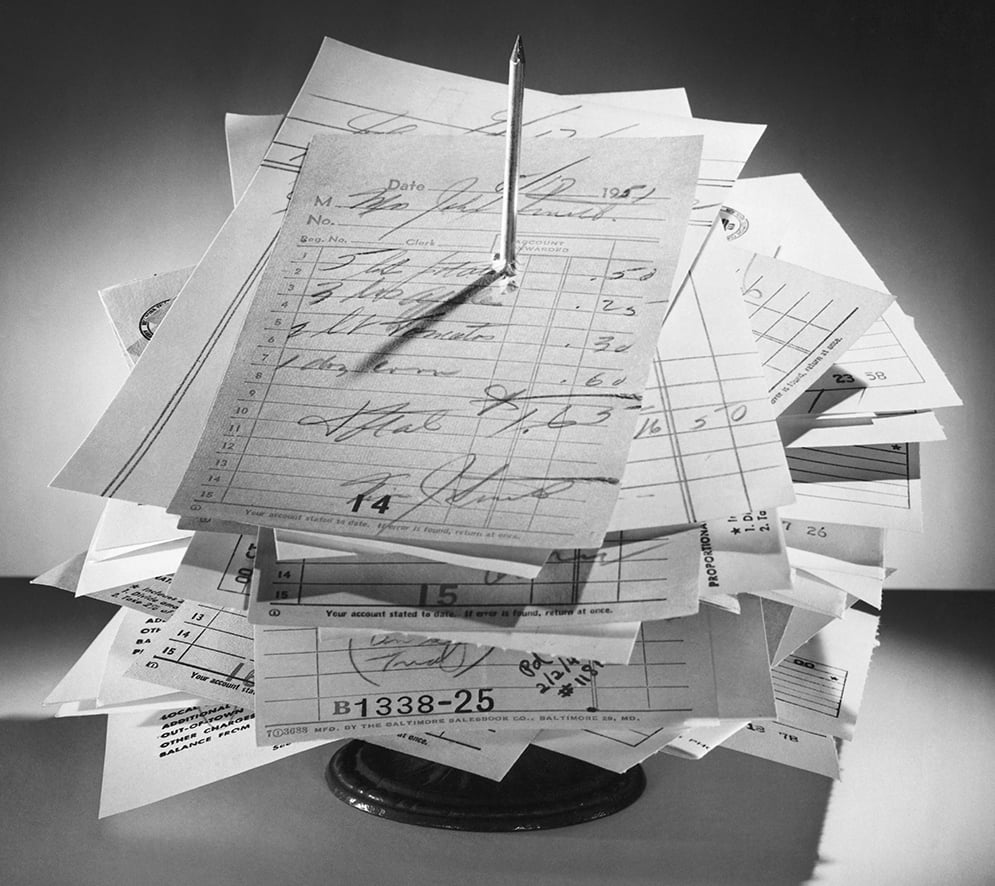While the pundits parse the nuances of the new president’s economic policy, foodies want to know what kind of First Eater Barack Obama will be.
His predecessor showed little interest in his role as diner in chief; his biggest local culinary outing was a trip to the Tex-Mex emporium Cactus Cantina in his first term. Like his father, W. seldom made the rounds of area restaurants, though the elder Bush did a lot for Peking Gourmet Inn, putting the Falls Church restaurant on the map.
Bill Clinton differed from the Bushes in more than his aversion to supply-side economics. He immersed himself in the restaurant scene. His tastes in food, as in most things, were wide and deep. He loved Italian and showed a fondness for Tosca and Filomena. Indian cooking was a fascination, and he gave his stamp of approval to the Bombay Club. His embrace of Red Sage helped turn Mark Miller’s Southwestern fantasia into a tourist hit. But Clinton did not limit himself to fine dining: The place he seemed to love most was Lauriol Plaza.
The guess here is that the new president will be more like Clinton than like either of the Bushes.
In The Audacity of Hope, Obama wrote with warmth about MacArthur’s, a soul-food joint in Chicago. He and Michelle celebrated their anniversary recently at Spiaggia, which Esquire’s John Mariani has called one of America’s best Italian restaurants. They have said their favorite place to eat in Chicago is Rick Bayless’s homage to Mexican regional cooking, Topolobampo.
Wine, not beer, is Obama’s drink—though he made several attempts during the campaign to connect with voters by having a beer. The thousand-bottle-capacity cellar in his Hyde Park home—its contents, if any, are unknown—would seem to mark him as the biggest aesthete to occupy the White House since JFK and perhaps even since Jefferson, the nation’s original oenophile. Yet Obama’s favorite dish is not foie gras—it’s chili.
The range of Obama’s food and drink interests suggests a man with catholic sensibilities. It also suggests a man who understands the politics of dining.
In DC, Obama has taken a liking to the Source and Charlie Palmer Steak, the latter a favored destination for huddling with his advisers. As president, it appears likely that he will try to ease suspicions that he’s a dining elitist by making himself visible at mom-and-pop places. Ben’s Chili Bowl recently altered its who-eats-free sign: Bill Cosby, the obama family.
Ann Stock, Hillary Rodham Clinton’s first social secretary, expects that the family of a community organizer cannot help but be engaged in the community. The relative youth of Sasha and Malia, she says, means the family will “go to plays, go to musicals, go to museums, go to the Smithsonian. They’re gonna be involved. They’ll be eating out and trying different aspects of the city. And that’s exciting.”
Sally Quinn, the Washington Post writer who has long watched Washington society, agrees but cautions against expecting too much at the start. “I would think that they’d want to have dinner with their kids two or three times a week. I don’t see them out on the town going to dinner a lot, not at the beginning.”
Former Post restaurant critic Phyllis Richman believes Michelle Obama will set the tone, and her sophisticated, broad-minded tastes will drive the First Family’s dining agenda. “He doesn’t eat—on the campaign trail, people had to remind him to eat,” Richman says. “I suspect she’ll be going to restaurants that represent Washington, local Washington—just like she’s interested in clothing designers who represent something. She has taste, and she likes to support the culture she’s in. I think restaurants like Komi, like Palena—places with highly recommended local chefs—will be high on her list.”
Still, the President’s explorations of the local culinary scene pale, in symbolic importance, in comparison to the state dinner, which has always functioned as a kind of culinary state of the union. Stock says the influence the Obamas can wield through official dinners is enormous. Major changes took place at the White House under Hillary Clinton, whose advocacy of local and organic products and of native purveyors helped spread that food revolution from California, where Alice Waters fired the opening shots, to the rest of America.
“We went from a French service to American service,” Stock says. “Mrs. Clinton asked for local purveyors to be involved. She started a small vegetable garden on the roof. In the Jackie Kennedy Rose Garden, herbs were grown—planted around the topiaries.”
Walter Scheib, White House chef under Clinton and Bush 43, would like to see Michelle Obama continue “to expand the horizons of the different products, the regional and organic ingredients” and to deepen the public’s understanding of “the carbon footprint.”
But, says Scheib, “the biggest thing she can do is really look at the nutrition component of food. . . . Great dining doesn’t have to be super-rich and fatty. It can be very healthy. That would be the marching order for the kitchen.”
Quinn says the Obamas are likely to have a major effect on American food: “I have a feeling that the Obamas are sort of like a lot of young Americans—they eat everything. They eat Italian, they eat sushi, they like Thai food and soul food and Mexican food and so on. Their food tastes will be as pluralistic as their political views and their religious views—and as inclusive.”
Stock expects those tastes will be widely copied: “We want to know our president and first lady; we want to know them and emulate them. And what better way to do that than through food?”
This article appeared in the January, 2009 issue of The Washingtonian.
















